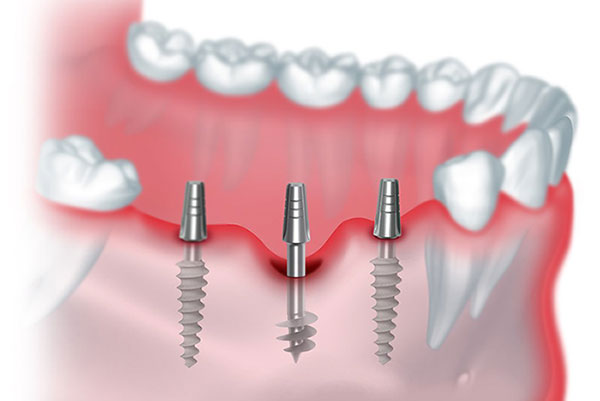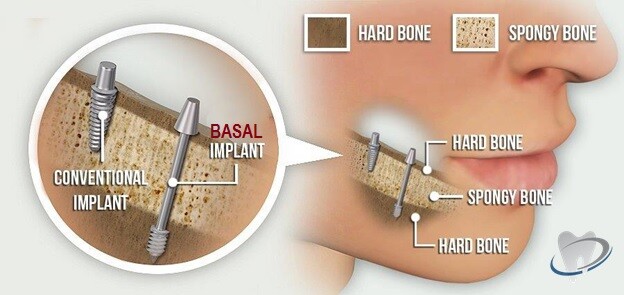Basal implants are a type of dental implant which are small cylinders that are placed into the jawbone beneath the gums to support a bridge, dental crown, or other restoration. Basal implants are used when there isn’t enough natural tooth supporting structure remaining after an extraction. They may also be known as end-osseous implants, sub-gingival implants, or under-gum implants. Know more from your dentist before deciding on basal dental implant.
However you refer to them, these little devices have become one of the most popular ways to restore missing teeth with partial dentures and bridges. This article will cover everything that you need to know about basal implants and how they can help improve your smile and confidence once again by replacing missing teeth.

What are the benefits of a Basal Implant?
First and foremost, they help to restore the stability and structure of the jaw, which results in a more secure and reliable way to anchor and support a dental restoration.
Basal implants are also a relatively quick and simple procedure, which means less time in the dentist’s chair and a quicker path to getting the smile that you want. This can be especially helpful if you have a busy schedule or are in a profession that requires you to be out and about. In addition to the speedy and simple procedure, basal implants are also highly beneficial for their versatility.
They can be used in any situation where you have one or more teeth missing, whether the tooth was extracted, decayed, or the result of injury. In most cases, you will be able to get a new tooth and smile back with a basal implant.
How do they dental implant function?
When you come in for a basal implant. We will make an incision in your gum line and then push a small metal cylinder down into the bone. This will create a stable and secure area that the restorations can be anchored to, which will give you a long-lasting, reliable bridge, crown, or other restoration. Since the metal cylinders are placed into the bone, they are known as “endosseous” implants. This means that the implant is placed directly into the bone. Which is a more stable and secure placement than other types of implants.
Who is a good Candidate for Implants?
Any patient who has one or more teeth missing and has healthy gums and jawbone is a good candidate for basal implants. In most cases, you will be able to get a new tooth and smile back with a basal implant. Even if the teeth were decayed or extracted because there is typically enough bone structure to support the placement.
Side Effects of Basal Implants
In very rare cases, you may experience some minor side effects during or after the procedure. Some patients may experience bleeding that can last for a few days. You may also have some swelling in the area where the incision was made. But this side effect usually goes away after a few days. If you experience any pain or unusual sensations in the area where the implants were placed. Let your dentist know so that he or she can assess the situation. Other rare side effects include infection or the chance that the implant will move or shift out of place. However, these side effects are rare and can be easily treated if they occur.

Conclusion
Overall, basal implants are a great way to restore your smile when you have one or more missing teeth. They are easy to place, can be done in one visit to the dentist. And are a long-lasting and reliable way to anchor a dental restoration. They are a great option especially for patients who are missing teeth in the back of their mouth. Where it can be more difficult to anchor dental restorations. If you are missing one or more teeth and would like a more permanent solution than a removable partial denture. Then basal implants may be the perfect option for you.
Follow Us For More Updates





so very very good royal dental clinic
there are so very nice royal dental clinic